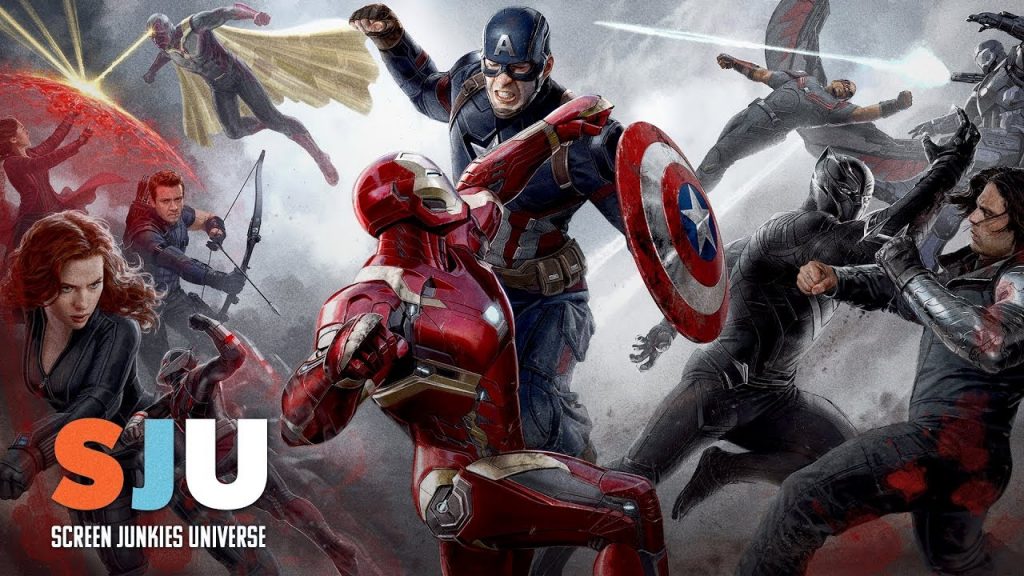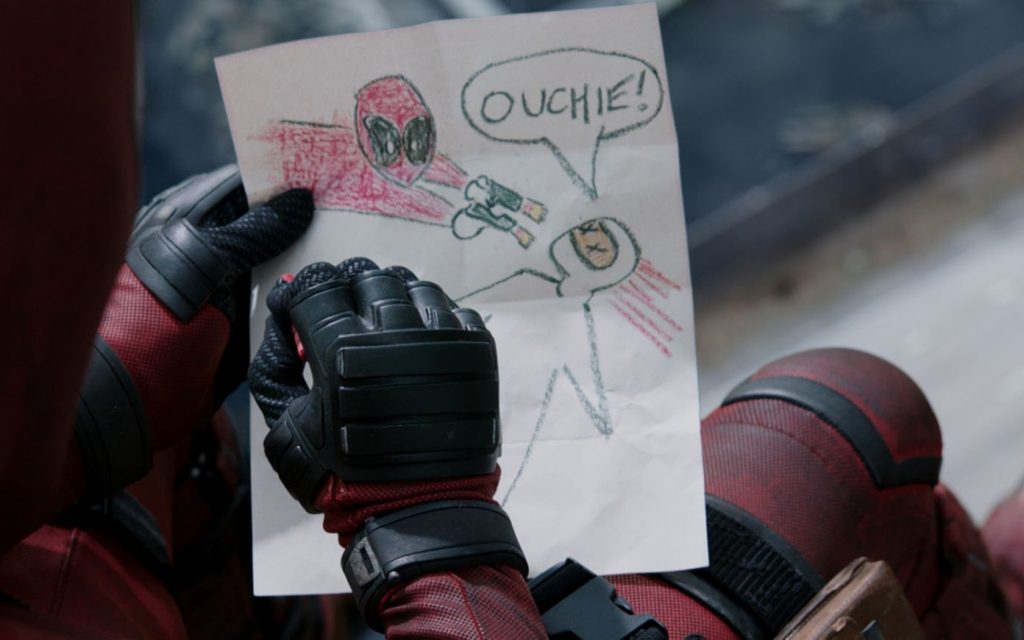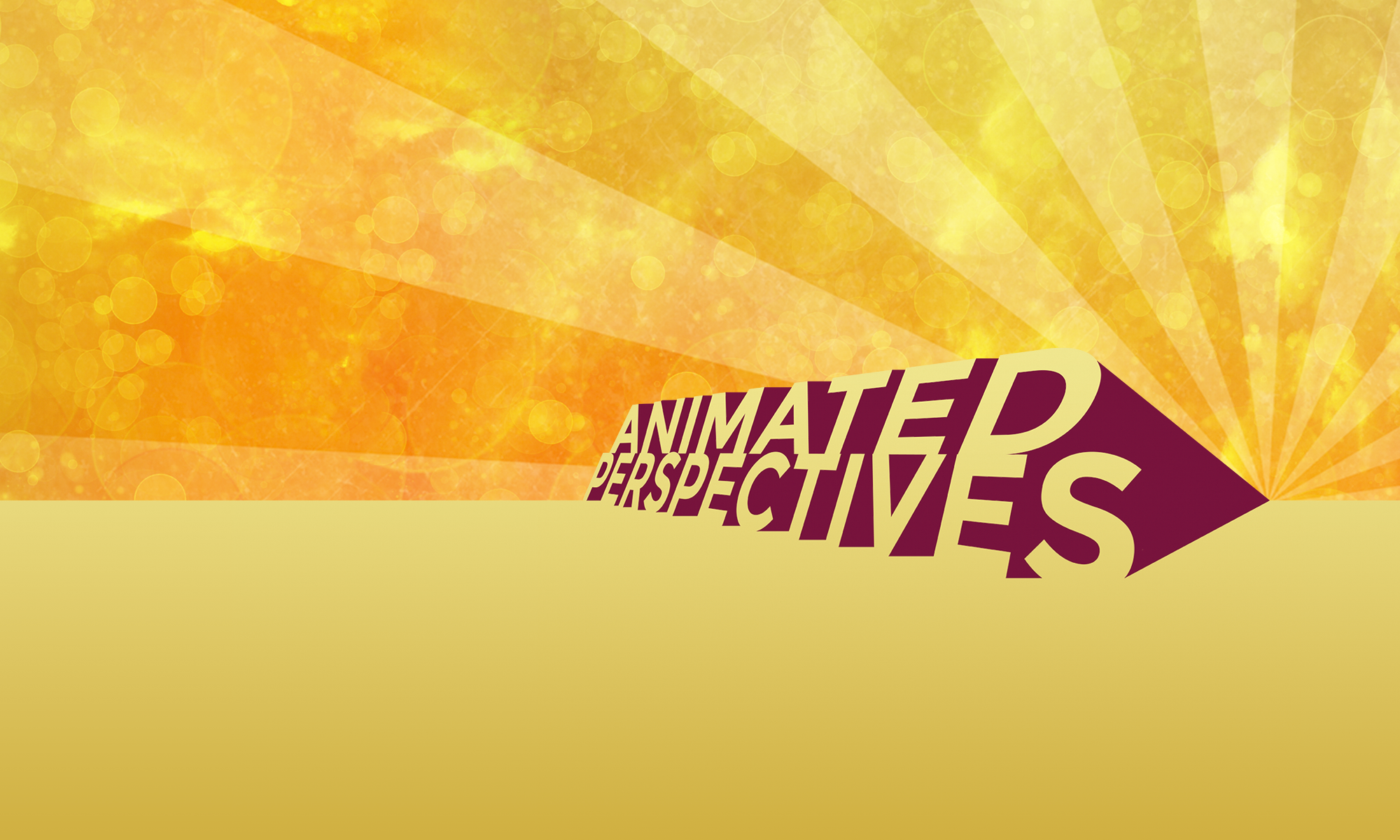
Superhero movies have become the best selling genre of movies in the box office. The buzz over the new “Avengers: End Game” has drawn thousands of people to crowd the box office to head to opening weekend. So, why do we find superhero films so appealing? As a genre that paints the world black and white, and lets us decide the forces of good and evil it peaks our simple fancies. What happens to the narrative once violence seems to overshadow the good? If the hero turns into the anti-hero; do younger audiences get the chance to critically analyze and notice the effect on their own judgment in the long run?
A new study published by the American Academy of Pediatrics National Conference and Exhibition hopes to break down these very real worries. The institute conducted a study on superhero films from 2015-2016 totalling ten movies in all. They found the protagonist on average was depicted in more acts of violence than their antagonist. They noticed 22.7 violent acts per hour, but the antagonists only had 17.5 per hour in comparison. Fighting, being the most common act of violence, with use of a lethal weapon coming in second. Males were depicted with 33.6 acts per hour and women barely hit 6.5 on average within that hour. My question is exploring how can children start to decipher who the bad guy and good guy is after seeing them commit acts associated more commonly with immoral behavior.
One argument is children and adults alike get the sense that aggression can be justified if it’s being done by a good person. While we have a fascination with the bad guy as their moral depravity interests us from an outside perspective, are we getting that same fascination with vigilante and anti-hero narratives? The line become blurred as we get more crude, dark, or wise-cracking heros like Deadpool, Mad Max, and Hellboy. Humans tend to learn moral lessons from our media intake and in the movies we often feel pain or delight in getting to condemn or praise the hero or villain on screen. Those same principles have been around since early vaudeville as the villain was much easier to spot with little quirks like an evil cackle, maniacal laughter, twirling their mustache, and cheeky grins. The audience is encourage to participate by picking sides; in those cases audiences would “boo” the villain. We don’t do that anymore, but we still get to make a choice for who to root for.
In comics, heroes establish an unspoken rule to make sure they never actually murdered their enemies and took responsibility for their actions. For example, Batman always catches the Joker in the end, but never actually kills him as his own moral code will not let his anger get the best of him. In contemporary times, starting with the new surgence of anti-hero, we see more implications of death. In Deadpool comics and even the movies he has no such restriction to value the lives of the “bad guys”. They are much more complex than the average Superman, but they are showcased as a more flawed meta-human/ human who usually acts for more selfish reasons.

In my personal opinion, I believe superhero movies can be good fun for younger audiences, but violence just like sexuality or other adult themes should be talked about to children. They should be encouraged to critically view these films and talk about what they have just seen instead of letting little Jimmy pretend he killed the whole family with his toy gun. I believe it could be constructive and pick apart what the real message in these moral stories are. I think this should be a more prevalent issue as we continue to question other social problems, but America’s constant thirst for violence seems to never be put up for debate as much as I would see other hot topics such as LGBTQ representation, the war on drugs, racism, or feminism.
https://www.cnn.com/2018/11/02/health/superhero-movie-violence-study/index.html
Rosenberg, Robin S. Our Superheroes, Ourselves. Oxford University Press, 2013.
